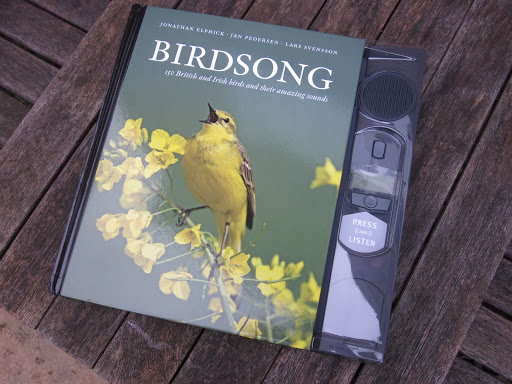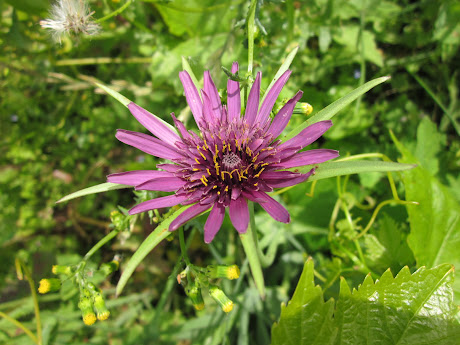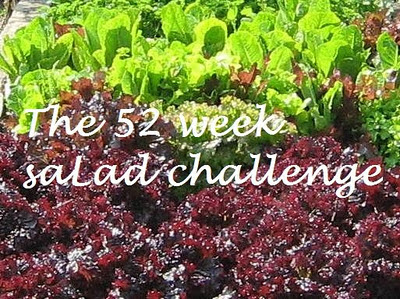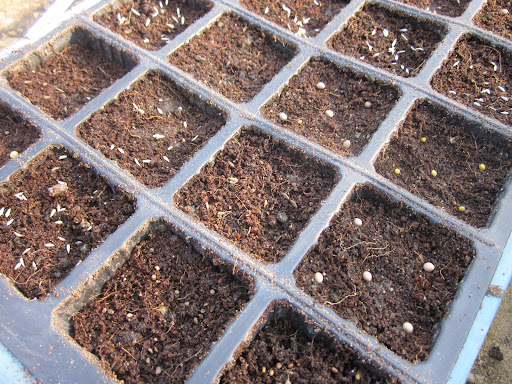Book Review: Birdsong
It's the annual RSPB Garden Birdwatch at the end of the month (26-27th January 2013), so in the run up to that time, I'm reviewing a couple of relevant products I've received which may help you with your efforts this year.
First up is Birdsong, a lavish coffee table sized book, which features 150 British and Irish birds. Its USP is the incorporation of a speaker, so that the reader can also hear the bird they're looking at. This means the guide can be used for identification on two levels. I quite often hear many more birds in my garden (such as a very talkative yellowhammer) than those on view, so I was intrigued to see how well this book would help with my identification skills (NB not that this would help with the RSPB birdwatch itself as you only record birds which are seen and not necessarily heard).
The contents are mainly divided into bird groupings as you'd usually expect e.g. wildfowl, waders, owls etc. These are prefaced with a brief introduction to birdsong, the key words used to describe birds (along the usual scientific terms lines) and how to operate the birdsong player. At the back of the book are useful lists of further references, bird sound websites and birding organisations.
The birdsong player is simple to use, though the call you'd like to hear can only be obtained by going through the calls available sequentially (either forwards or backwards) like you would have done on tape recorders of old. There's no way of selecting by the reference numbers given on the bird description pages. I was relieved to see it's possible to change the batteries once those supplied with the book have died.
Most of the book is devoted to the birds themselves. Each species has a double page spread, consisting of a photograph (whole page), followed by the descriptive text. This also has a colour drawing accompanying the common and Latin name titles. The top of the page shows the bird grouping along with the all important recording reference(s) - some birds like the Mute Swan merit more than one, both wing sound and call in this instance.
The book part oozes quality. The photography is superb, the drawings are great and the descriptions are well written. It's a shame the recording part - which is the book's USP - looks like a cheap add-on (though it probably isn't). The speaker quality isn't that great and in some cases the birdsong recording used isn't very long. As a practical guide it doesn't really stack up - there are no illustrations showing male/female or adult/juvenile differences where appropriate. This means many of the birds we actually see can only be identified using this book if they're an adult male or if their call is heard! It's also quite a large book - too unwieldy for taking out into the field to many of the habitats where the birds are found.
Therefore I'm reluctantly placing this book on the 'not for keeping' pile, despite its glossy coffee table good looks. I'll be making do with my usual bird identification guide, plus my Geoffrey Sample CDs (his name always makes me giggle in view of the content) and the RSPB's bird identifier website. The latter has a great birdsong feature which makes me think that the time for Birdsong has passed. The future has to be a bird identification App for phones and tablets incorporating Birdsong's features and more.
Disclosure: I received a copy of this book from the publisher for independent review. Note that my assessment differs from most of the many positive reviewers on Amazon and the quoted reviews on there from various organisations and magazines who have an interest in this kind of book. A lot of what's said by them is correct, but I stand by my review in terms of looking at using the book from a practical viewpoint and in comparison to the resources I already use.











I wondered why you were reviewing a novel until I actually read the post! I agree it doesn't seem worth buying such a book given the wonderful online resources.
ReplyDeleteHi Janet - I didn't realise until later there might be some confusion with Sebastian Faulkes' novel! I've found the RSPB website really good and the dedicated Garden Birdwatch covers most of the birds we're likely to see this weekend :)
ReplyDelete